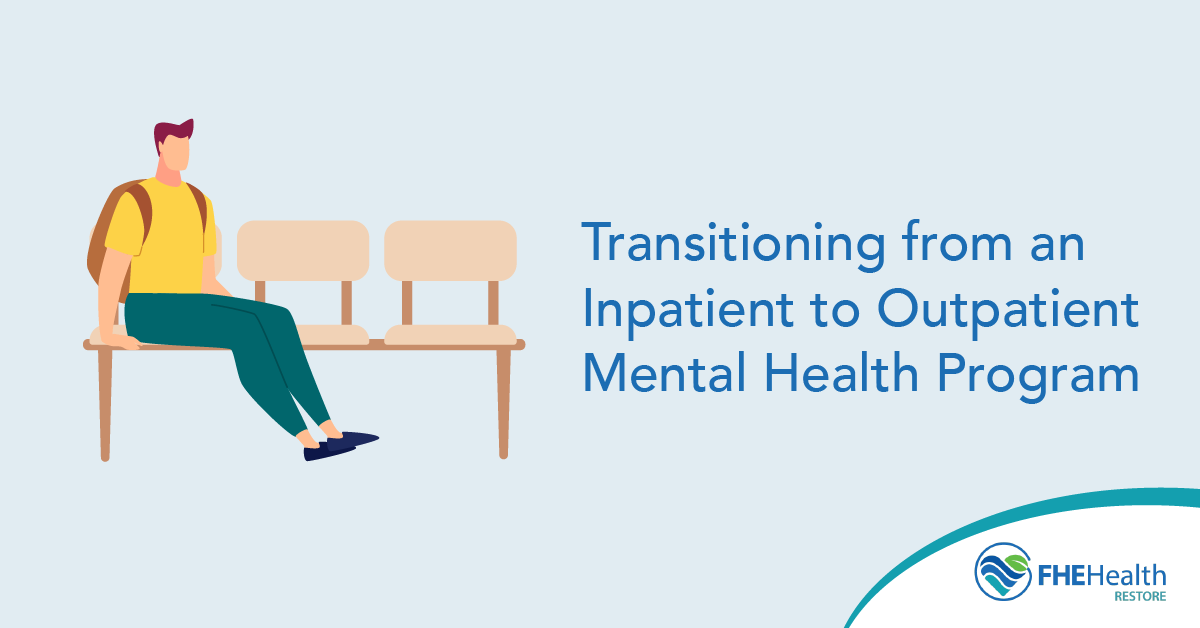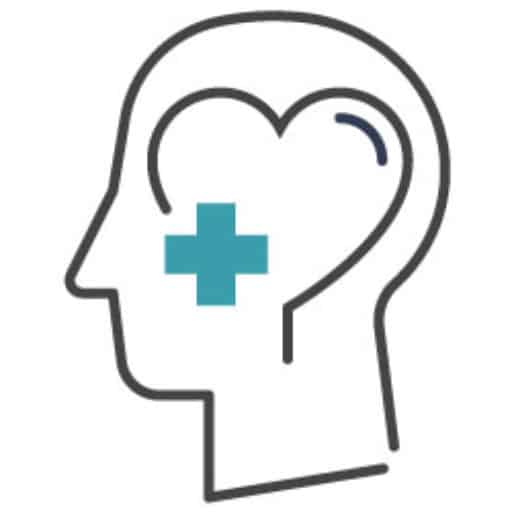Transitioning from residential treatment to outpatient care can be exciting and challenging. It marks a step toward greater independence while still requiring a solid plan to maintain progress. Without the proper structure, this period can increase the risk of relapse or setbacks. Knowing what to expect and how to prepare can help you confidently move forward.
In this article, you’ll learn what makes this stage so important, the differences between inpatient and outpatient care and practical strategies for making the change successfully. You’ll also discover how to build a strong support network and keep your recovery on track long after you’ve been discharged.
Differences Between Inpatient and Outpatient Care
Inpatient or residential programs provide 24-7 supervision, structured daily routines and immediate access to medical and therapeutic support. Every aspect of care is coordinated, from meal planning to medication schedules, leaving little room for outside distractions that could derail your progress.
Outpatient care offers more flexibility. You return home after sessions, continue work or school and manage your own day-to-day responsibilities. While this independence is a positive step, it can also present challenges, especially if your environment includes old triggers or lacks strong support systems.
Understanding the differences helps you prepare. The transition from a psychiatric hospital or residential setting means moving from a high level of structure to one that relies more on self-discipline and external resources. This shift from inpatient to outpatient care is best handled with a gradual approach, allowing you to adapt while keeping the essential elements of treatment in place.
For example, someone leaving a residential program might begin by attending three intensive outpatient therapy sessions each week while living at home. Over time, those sessions could decrease to once weekly, with more responsibility placed on maintaining healthy habits and coping skills outside therapy hours.
Steps to Ensure a Smooth Transition
A strong transition plan starts before you leave inpatient care. The more prepared you are, the smoother your adjustment will be. From building strong connections with your team to creating the right environment once you’re discharged, there are many things you can do to ensure a successful transition.
- Work with your treatment team. Before discharge, meet with your therapists, doctors and case managers to map out the next phase of care. This should include therapy schedules, medication management and any community resources.
- Identify your triggers. Be clear on what situations, places or emotions may cause setbacks. Discuss coping strategies with your care team, and consider role-playing challenging scenarios.
- Set realistic goals. These might include attending all scheduled sessions, keeping a consistent sleep routine or joining a peer support group.
- Plan your environment. Remove items or influences that could interfere with recovery. Surround yourself with supportive people and positive activities.
One helpful question to ask yourself before discharge is “If I have a bad day, who will I call and what will I do?” Knowing the answer gives you a safety net when challenges arise.
Building a Strong Support Network Post-Discharge
Recovery doesn’t happen in isolation. A strong support network can make the difference between staying on track and slipping back into old patterns. You may go into treatment without a support network, or perhaps your lifestyle or habits have broken down these connections over time. The key is to work with your team, peers and loved ones to create a strong network that gets you through the bad days and helps you progress.
- Stay connected to peers from treatment. Many people form bonds during inpatient care. Keeping in touch, whether through group chats, in-person meetups or alumni programs, can provide encouragement and accountability.
- Involve family or close friends. Choose people who understand your goals and will help you maintain healthy routines. Share your treatment plan with them so they can offer support without overstepping.
- Join community or peer support groups. These can range from condition-specific programs to broader mental health support networks. According to a study on the effectiveness of peer support, these programs improved social function and quality of life, among other benefits.
If your personal circle is limited, ask your outpatient provider about connecting with mentors, sponsors or peer coaches. Building even a small group of reliable contacts can help you navigate the ups and downs of post-discharge life.
Continuing Therapy and Medication Management
Ongoing treatment is one of the strongest predictors of long-term recovery. Consistent outpatient therapy helps reinforce coping skills and address new challenges as they arise. Here are some pointers to ensure you get the best from your treatment plan.
- Stick to your therapy schedule. Whether you attend individual, group or intensive outpatient sessions, treat them as nonnegotiable commitments. Missing appointments can interrupt progress and make it harder to regain momentum.
- Follow your medication plan. If your treatment includes medication, take it as prescribed and attend all follow-up appointments. Report any side effects to your provider promptly. A medical professional should always guide changes in dosage or type.
- Track your progress. Keep a journal or use an app to record symptoms, mood changes and triggers. This information can help your care team adjust your treatment plan effectively.
The goal is to make therapy and medication management a natural part of your routine so you can focus more on living your life and less on managing your condition.
Strategies for Maintaining Progress in Recovery
Recovery is an ongoing process that thrives on structure and self-awareness. Establishing a consistent daily routine, with regular wake-up times, meals and activities, can provide stability and reduce stress. Incorporating healthy coping mechanisms such as exercise, mindfulness or creative pursuits can also help manage difficult emotions and prevent negative thought patterns from gaining ground.
Setting short-term, achievable goals keeps motivation high and builds confidence over time. These goals might involve consistent attendance at therapy sessions, completing a month of symptom tracking or participating in a local support group. Equally important is staying connected with your support network, including friends, family or peers who understand your journey and can offer encouragement when needed.
Taking the Next Step
If you or someone you love is preparing for this transition, Restore Mental Health can help. Our compassionate team offers tailored step-down care to guide you through every stage of recovery. Contact us today to learn how we can support your next chapter.



